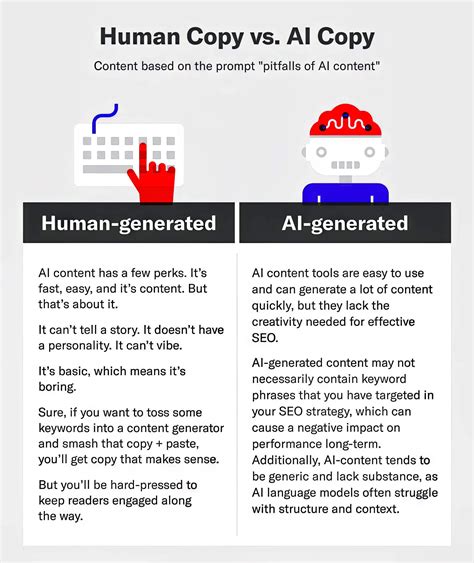Exploring the Human Mind: 3D Brain Model Insights
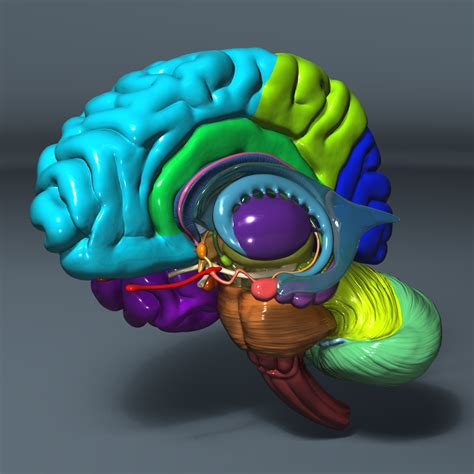
Understanding the Complexity of the Human Brain
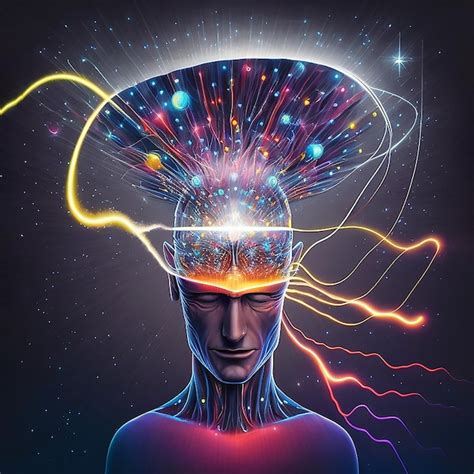
The human brain is a mysterious and intricate organ, comprising billions of neurons and trillions of connections. Its sheer complexity has fascinated scientists and philosophers for centuries, driving a relentless pursuit to unravel its secrets. Recent advancements in technology have enabled researchers to create highly detailed 3D brain models, offering unprecedented insights into the workings of the human mind.
What is a 3D Brain Model?
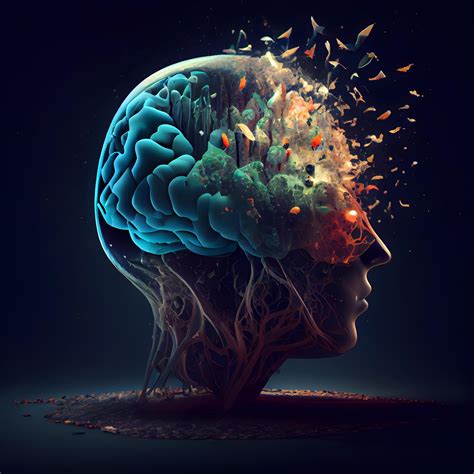
A 3D brain model is a digital representation of the brain’s structure and function, created using advanced imaging techniques such as magnetic resonance imaging (MRI) and diffusion tensor imaging (DTI). These models allow researchers to visualize the brain’s intricate networks and explore its inner workings in exquisite detail.
How are 3D Brain Models Created?
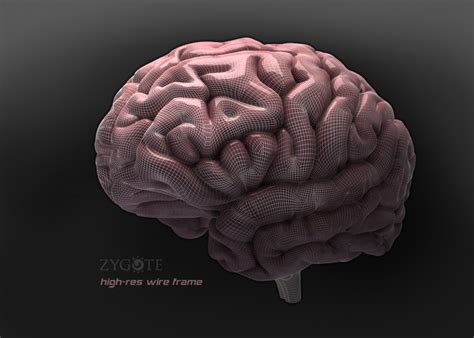
The creation of a 3D brain model involves several steps:
- Data acquisition: High-resolution MRI and DTI scans are performed to collect detailed information about the brain’s structure and connectivity.
- Image processing: Advanced algorithms are applied to the imaging data to reconstruct the brain’s anatomy and identify specific regions and networks.
- Modeling: The processed data is then used to create a 3D model of the brain, which can be visualized and explored using specialized software.
Insights from 3D Brain Models
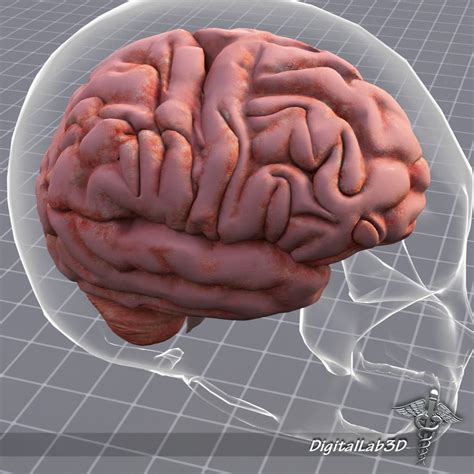
3D brain models have revolutionized our understanding of brain function and behavior, providing valuable insights into:
- Neural networks: 3D models have revealed the intricate networks of connections between brain regions, shedding light on how information is processed and transmitted.
- Brain development: Researchers have used 3D models to study brain development, from fetal development to aging, and have gained a better understanding of how the brain changes over time.
- Neurological disorders: 3D models have helped researchers understand the underlying mechanisms of neurological disorders such as Alzheimer’s disease, Parkinson’s disease, and depression.
🔍 Note: 3D brain models are not only useful for research but also have potential applications in clinical practice, such as personalized medicine and neurosurgical planning.
Applications of 3D Brain Models

The applications of 3D brain models are vast and varied, including:
- Personalized medicine: 3D models can be used to tailor treatment plans to individual patients, taking into account their unique brain anatomy and function.
- Neurosurgical planning: 3D models can help surgeons plan and navigate complex brain surgeries, reducing the risk of complications and improving outcomes.
- Brain-computer interfaces: 3D models can be used to develop more sophisticated brain-computer interfaces, enabling people to control devices with their thoughts.
Challenges and Future Directions
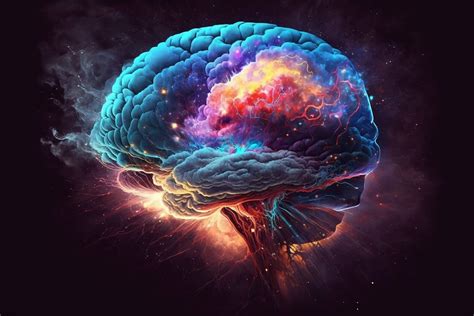
Despite the significant progress made in 3D brain modeling, there are still many challenges to overcome, including:
- Data quality and resolution: High-quality imaging data is essential for creating accurate 3D models, but current techniques have limitations in terms of resolution and spatial coverage.
- Model validation: 3D models must be validated against experimental data to ensure their accuracy and reliability.
- Integration with other disciplines: 3D brain models must be integrated with other disciplines, such as psychology and neuroscience, to provide a more comprehensive understanding of brain function and behavior.
💡 Note: The development of 3D brain models is an ongoing effort, with new techniques and applications emerging regularly. Stay tuned for future updates and breakthroughs!
Conclusion
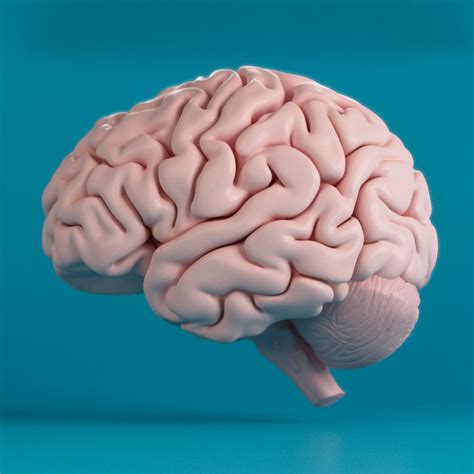
3D brain models have revolutionized our understanding of the human brain, offering unprecedented insights into its structure and function. As technology continues to evolve, we can expect to see even more sophisticated models and applications in the future. By exploring the human mind through 3D brain models, we can gain a deeper understanding of ourselves and the intricate workings of the brain.
What is the main advantage of 3D brain models?
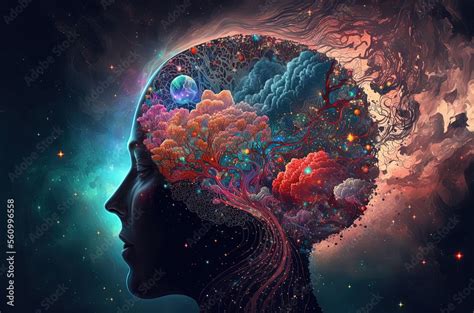
+
The main advantage of 3D brain models is that they allow researchers to visualize and explore the brain’s intricate networks and structures in exquisite detail, providing unprecedented insights into brain function and behavior.
How are 3D brain models created?
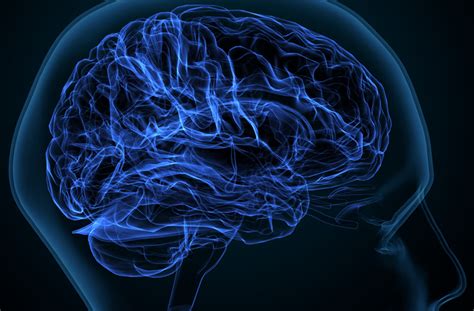
+
3D brain models are created using advanced imaging techniques such as MRI and DTI, which collect detailed information about the brain’s structure and connectivity. The data is then processed using algorithms to reconstruct the brain’s anatomy and identify specific regions and networks.
What are some potential applications of 3D brain models?
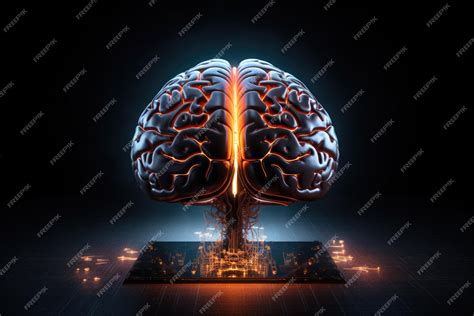
+
3D brain models have potential applications in personalized medicine, neurosurgical planning, and brain-computer interfaces. They can also be used to develop more sophisticated treatments for neurological disorders and to improve our understanding of brain function and behavior.


